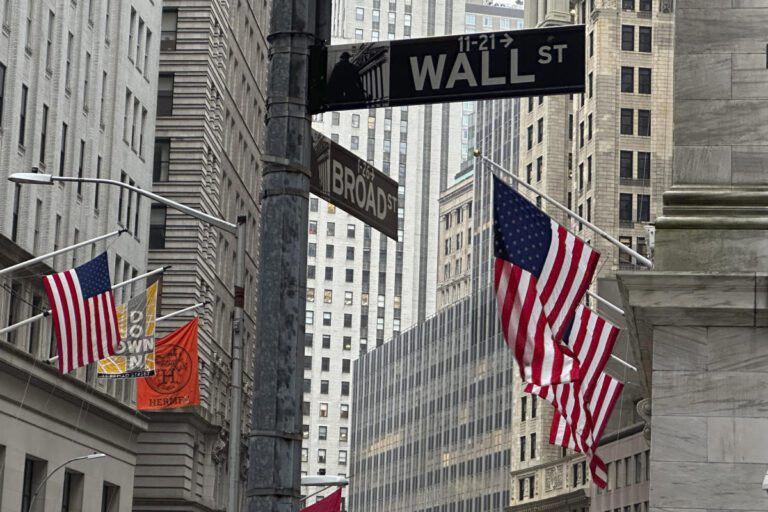NEW YORK (AP) — The S&P 500 is on track to close out 2024 with a gain of nearly 27%, after hitting 50 records this year. That’s on top of its 24.2% surge the year before, a dramatic two-year gain not seen since the dot-com boom.
This time around, it’s not dot-com stocks that are driving the market, but the skyrocketing prices of companies in the artificial intelligence sector. Nvidia, for example, has more than doubled its value after surging more than three times in 2023, as its chips power much of the shift to AI. Super Micro Computer, which makes servers used in AI and other computers, has surged nearly 48% this year after more than tripling last year.
The economy, meanwhile, is not far from its last recession, which occurred with the COVID-19 pandemic. But perhaps more importantly, it has so far avoided a recession that many on Wall Street feared was inevitable after the Federal Reserve raised its main interest rate to its highest level since two decades in the hope of slowing the economy to overcome high inflation.
So what happened to stocks after that fantastic two-year run in 1998? The market grew again in 1999, by 19.5%, as the economy continued to grow and the dot-com bubble inflated.
Many voices on Wall Street say the stock market could also continue to rise in 2025, but probably not to the same degree.
The economy continues to grow, and the Federal Reserve appears poised to continue cutting interest rates to make things easier. Jason Draho, head of asset allocation for the Americas at UBS Global Wealth Management, predicts, for example, that the S&P 500 could end 2025 at 6,600 points. That would represent an increase of about 9% from Monday’s close.
But similar winning streaks have also come to a sudden end in the past, such as after 1999. The S&P 500 eventually peaked in early 2000 before falling for several years as the dot-com bubble burst and the The economy fell into recession in 2001.
As then, critics this time call the stock market too expensive, as prices have risen faster than corporate profits. Additionally, the S&P 500 hasn’t seen a decline of at least 10% this year, and such “corrections” tend to happen every two years.
Anthony Saglimbene, chief market strategist at Ameriprise, urges caution.
“Ultimately, there is simply too much optimism and not enough recognition of what could derail stock market momentum for rational investors to not pump the brakes a little,” Saglimbene said.

